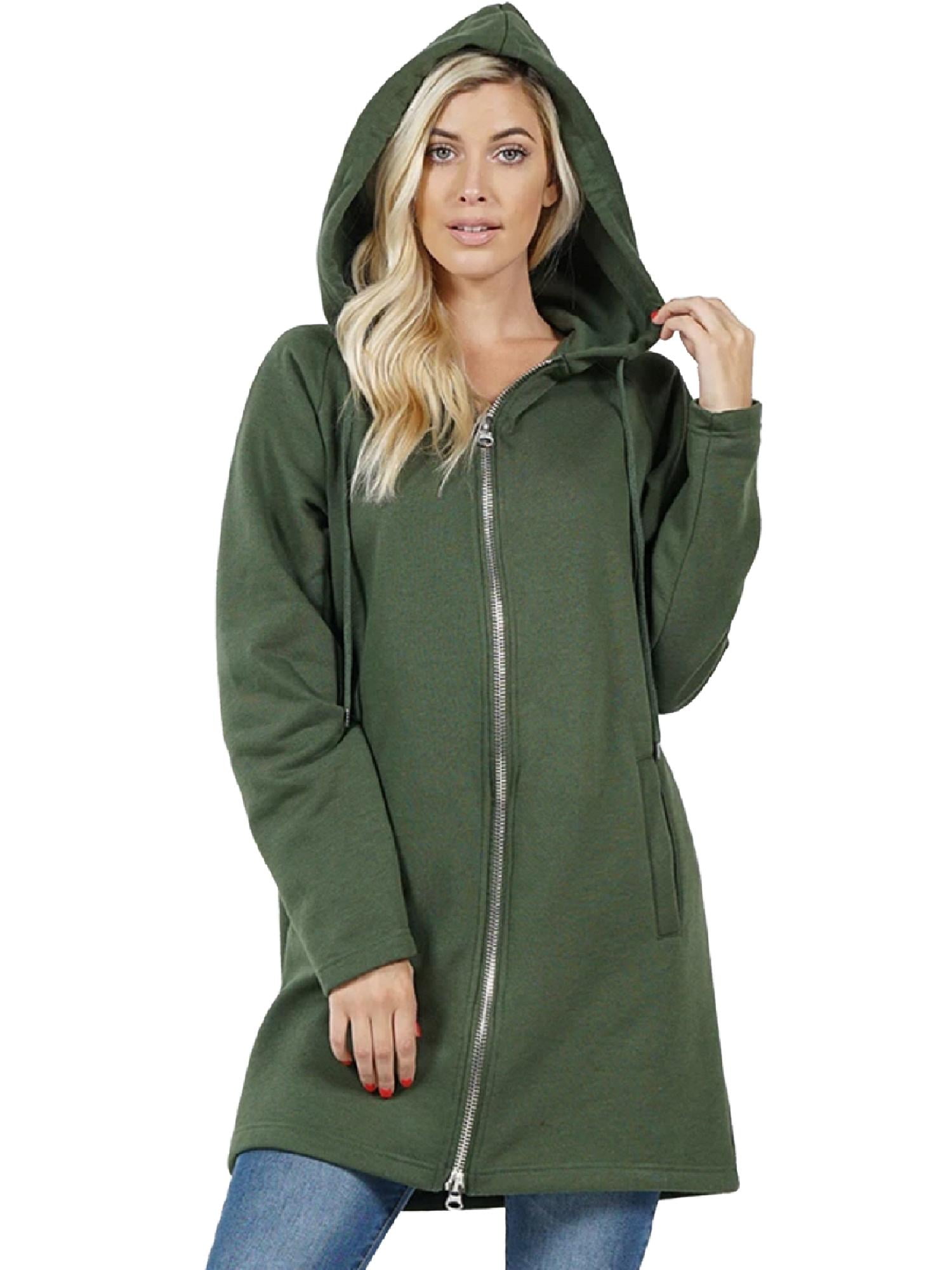Sweatshirts are long-sleeved, pullover shirts that are typically made of thick cotton cloth. They are generally worn as casual clothing, and are not as formal as sweaters or cardigans. They might not come with a or hood. If you're interested in purchasing a sweatshirt, here are some suggestions:
Norma Kamali sparked the appeal of sweatshirts
Since the end of the 70s and into the late '70s, Norma Kamali has transformed the basic sweatshirt into a work of art. Her designs are now an essential part of every woman's wardrobe. Her distinctive styles vary from a tummy-tucking neck , to leather paneled sweatshirts. She also has created clothes in unusual designs, like a tank top with a long trumpet skirt.
The collaboration of the designers and the sweatshirt maker Everlast led to her Timeless collection, which was hugely popular when it was featured in the Spiegel spring 2006 catalog. The collection featured interchangeable and convertible knits with classic designs and a lot of pieces were priced under $20. Even the Norma Kamali's Timeless collection was not available in stores, buyers could still find the pieces for sale on eBay and Poshmark.
Merino wool sweatshirt s are more comfortable than soft sweatshirts

Merino wool is renowned for its ability to remove moisture that help keep you comfortable and dry. It is a natural fibre that also has a smoother feel. It is also quick to dry when compared with other natural material. Furthermore, merino is a sustainable resource. The merino sheep shed coats every year and regrow new ones.
Merino's weight-to-heat ratio is high, and the warmth of wool makes it popular for sweatshirts. It helps to regulate the body's temperature because of its loft that naturally holds heat in the fibers. This is why Merino wool sweater s are ideal for outdoor and summer activities like hiking, mountain biking and running. The warmth it provides ensures that the wearer stays cool and dry, which is essential for working out.
Zip-front hoodies come with kangaroo pockets.
Kangaroo pocket Hoodies are a very popular type of hoodie. They have a huge pocket at the front which keeps your hands warm on chilly days. They're much more practical than traditional pockets because they permit the hands to slide in and out effortlessly.
Kangaroo pockets are typically large enough to hold the wallet, or other smaller personal items. They are commonly long enough to fit one hand in a smaller size and are large enough to accommodate two hands. They feature wide openings on either side , and make them ideal for carrying small items.
French terry fabric is a very popular material for sweatshirts.
The French Terry fabric is composed of soft yarns made into loops, and is usually mid-weight. It is also famous for its ability to wick moisture and is pre-shrunk. French Terry is an excellent option for sweatshirts as it will keep you warm when you need it and helps keep your cool when you want to cool off.
French Terry is also a popular choice for loungewearbecause it is stretchy enough and has enough flexibility to feel good when you touch your body. It also allows air to circulate through the fabric, which makes it ideal for layering under other clothing. Additionally, since it's lighter than other sweatshirts you can wear it all through the year without feeling too hot or cold.
Hoodies are classy and have a connotation of class.
While it may seem that hoodies are an appropriate attire item for those who are working class but the truth is that they carry classist connotations. Hoodies were first used in the early 1970s , in New York, where graffiti artists would wear them to conceal their identities. In 1976 the hoodies were made famous in their movie debut with "Rocky," when the working-class title character wore grey sweats with hoods during his memorable climb up the steps of the Philadelphia Museum of Art.
Hoodies are frequently linked to death, destruction and other negative things, and yet they serve a practical purpose. For instance, priests and monks can wear hoods to demonstrate modesty and inward focus.
